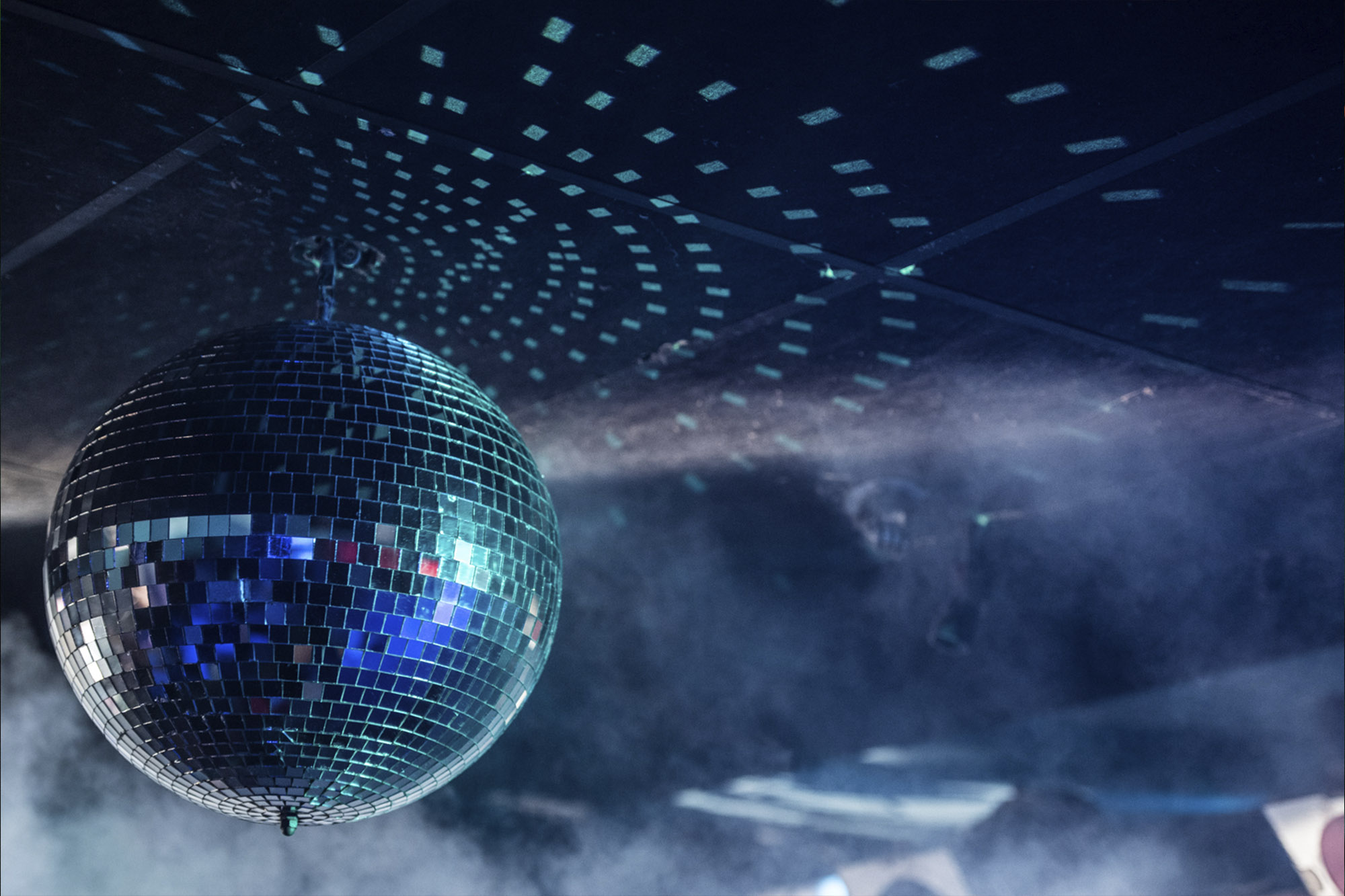
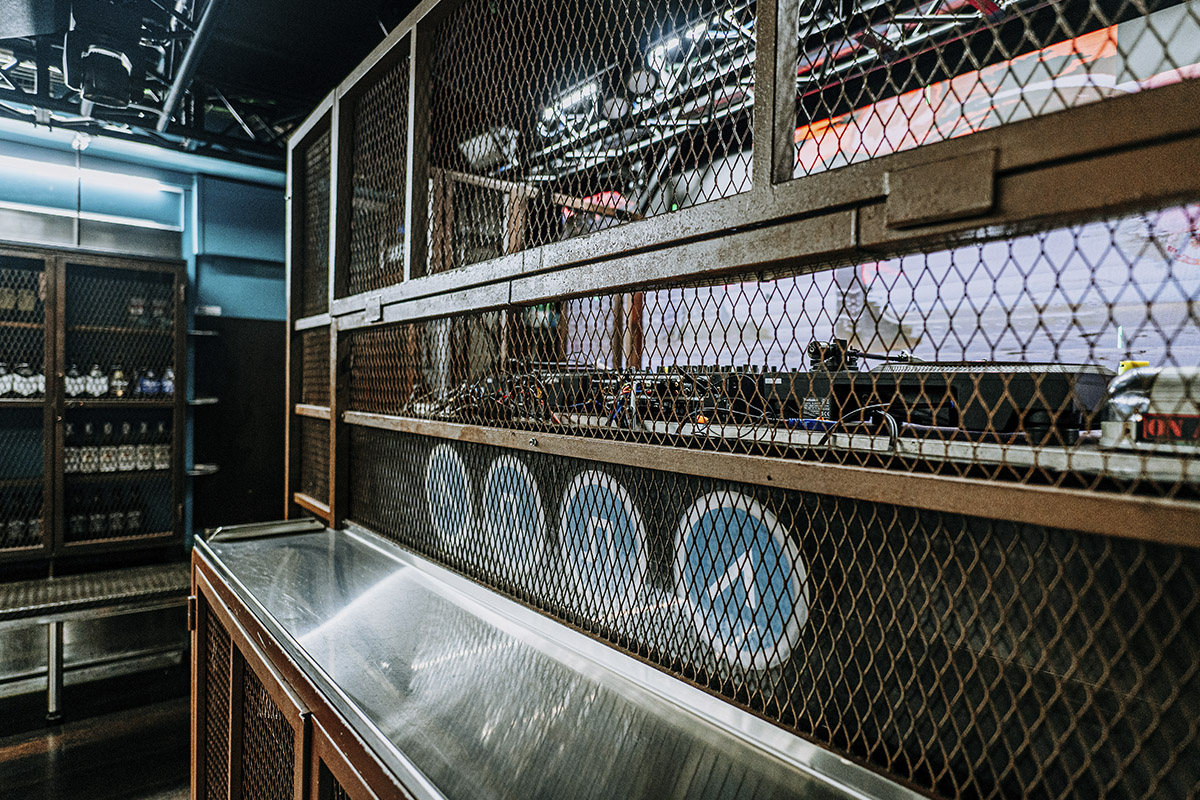
HISTORY OF MOOG
An electronic classic born with scene of the city
On June 21, 1996, just after one of the first editions of the Sónar Festival, the Moog Electronic Dancing Club opened its doors. Barcelona was experiencing a moment of change, with electronic music emerging as a new cultural and transformative language, and Moog joined it from day one, quickly becoming an active part of this new scene that began to define the musical identity of the city.
Located in the heart of the Raval, two steps from Las Ramblas and Plaça Reial, Moog also recovered a space full of history: the old Villa Rosa, a Flemish tablao of reference within the Barrio Chino and symbol of the bohemian and mestizo nightlife of Barcelona.
With the initial artistic direction of DJ Loe and a clear commitment to daily openness, Moog was established from its beginnings as a meeting point for lovers of electronic music, both local and visitors. Its cabin has welcomed from iconic figures such as Jeff Mills, Laurent Garnier, DJ Hell, Richie Hawtin, James Holden or Josh Wink, to emerging talents, consolidating itself as a key platform within the international and local circuit.
The value of resident DJs
Beyond the international guests, Moog has created over the years a real pool of resident DJs, who are the true engine of the club night after night and a fundamental part of its unique sound.
Thanks to the resident DJs, Moog keeps alive the essence of a local club, where techno and house sound is taken care of in detail, preserving quality and musical coherence throughout the year.
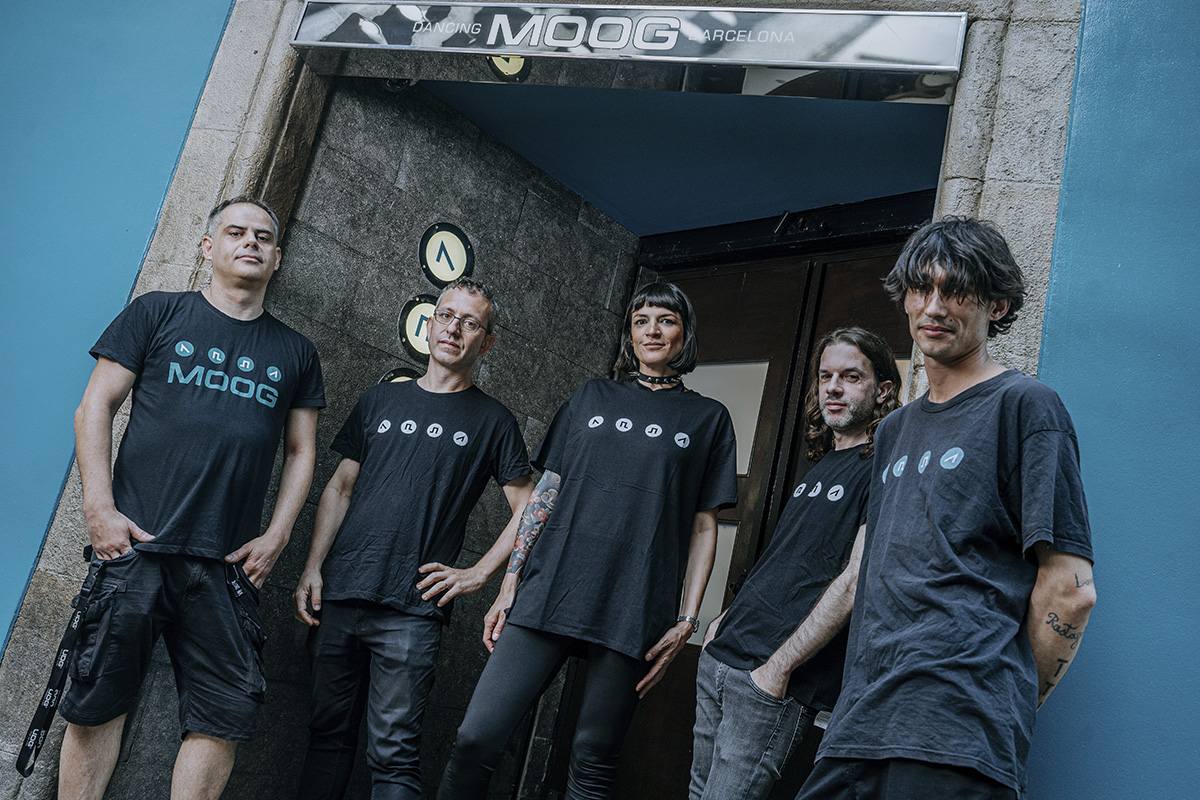

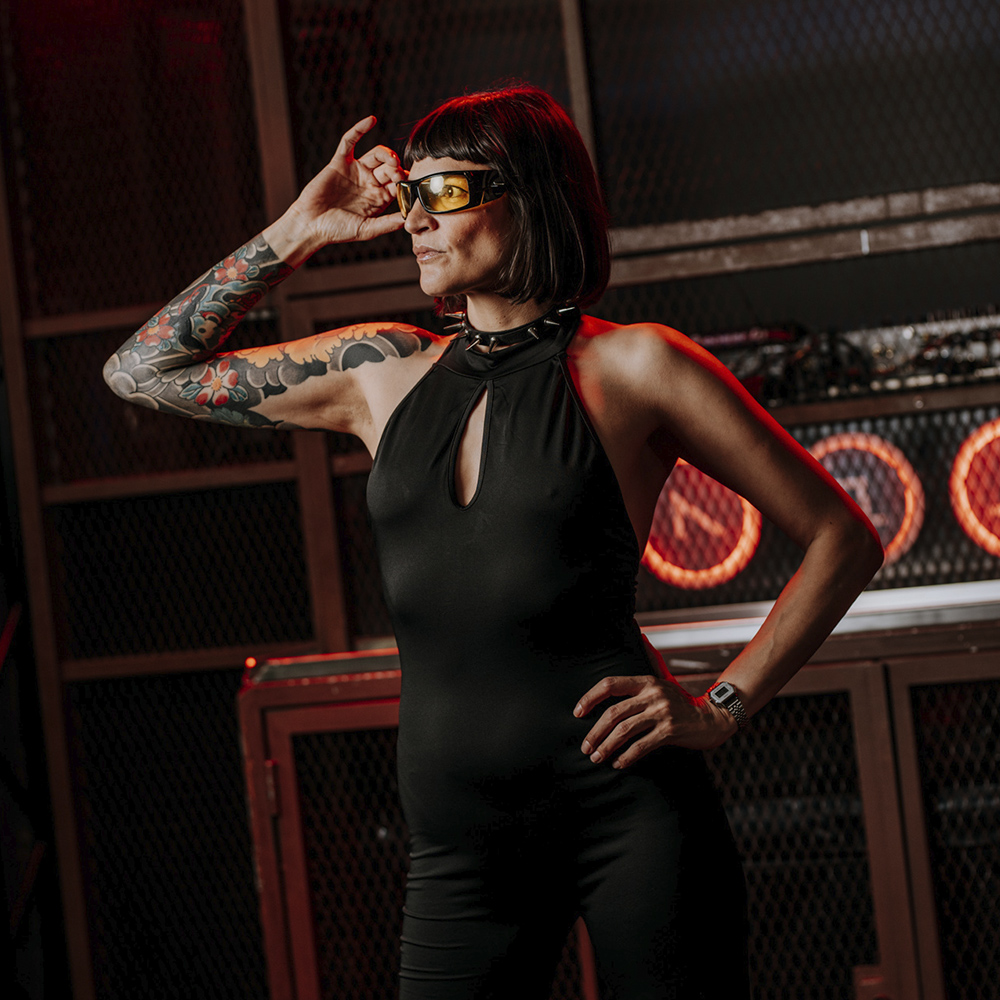
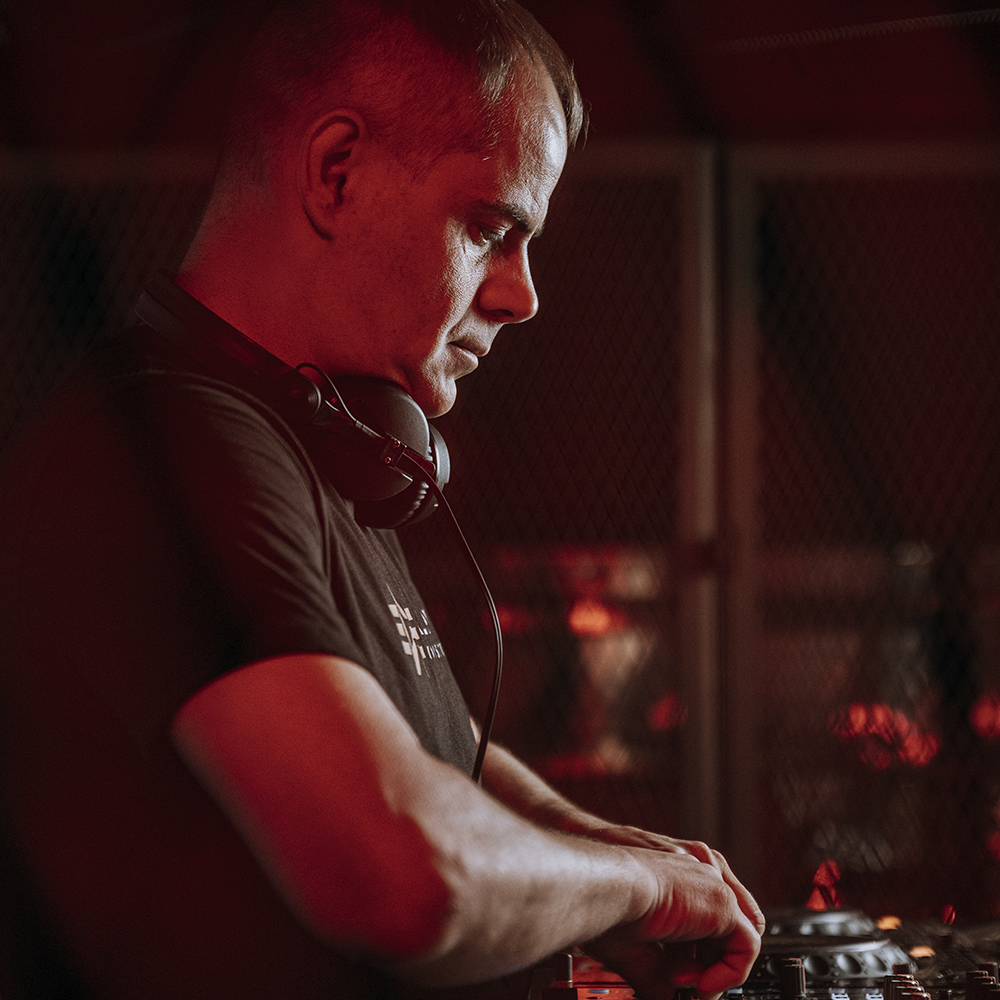
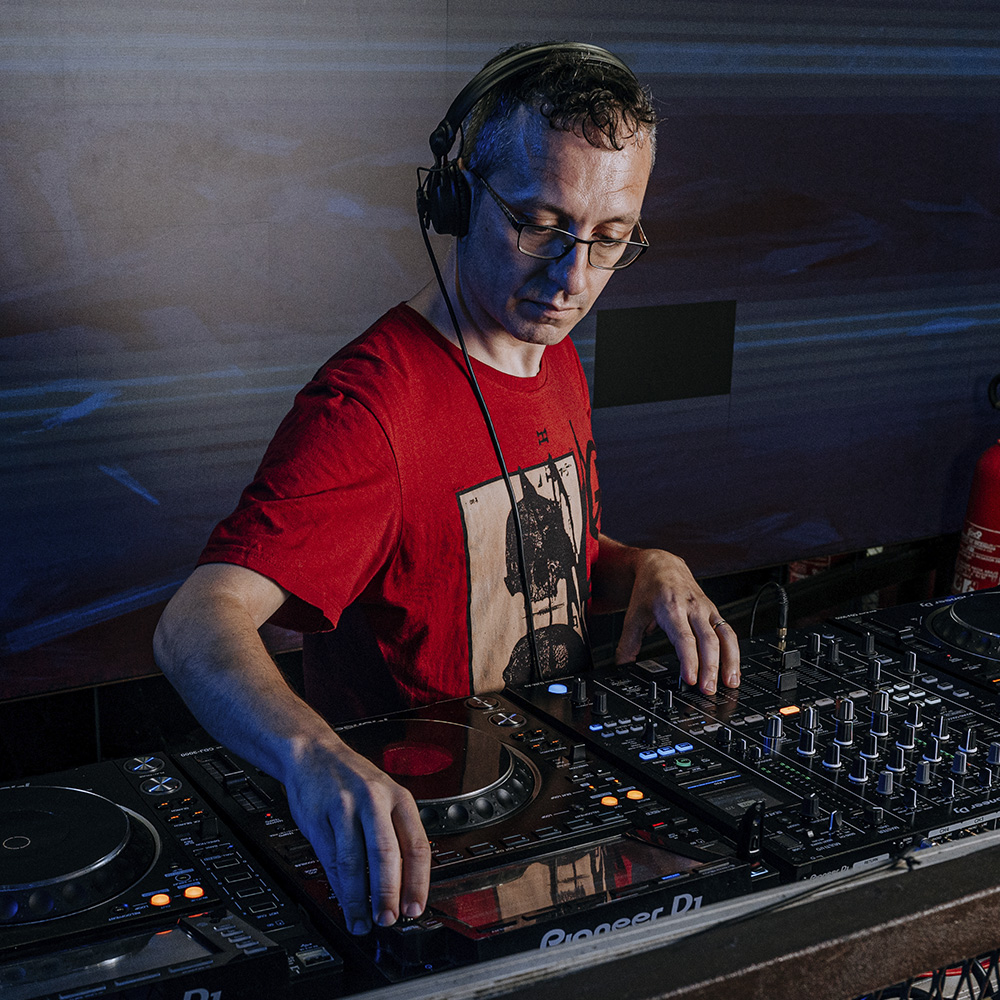
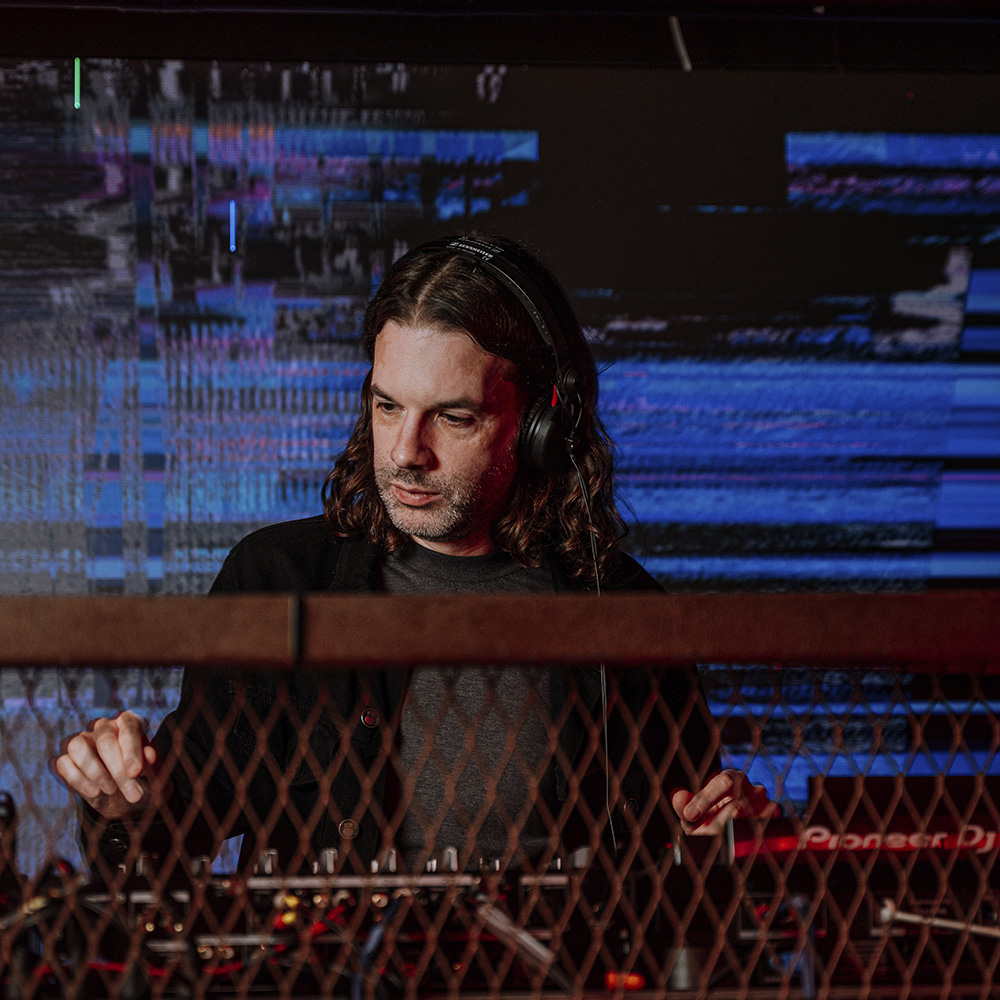
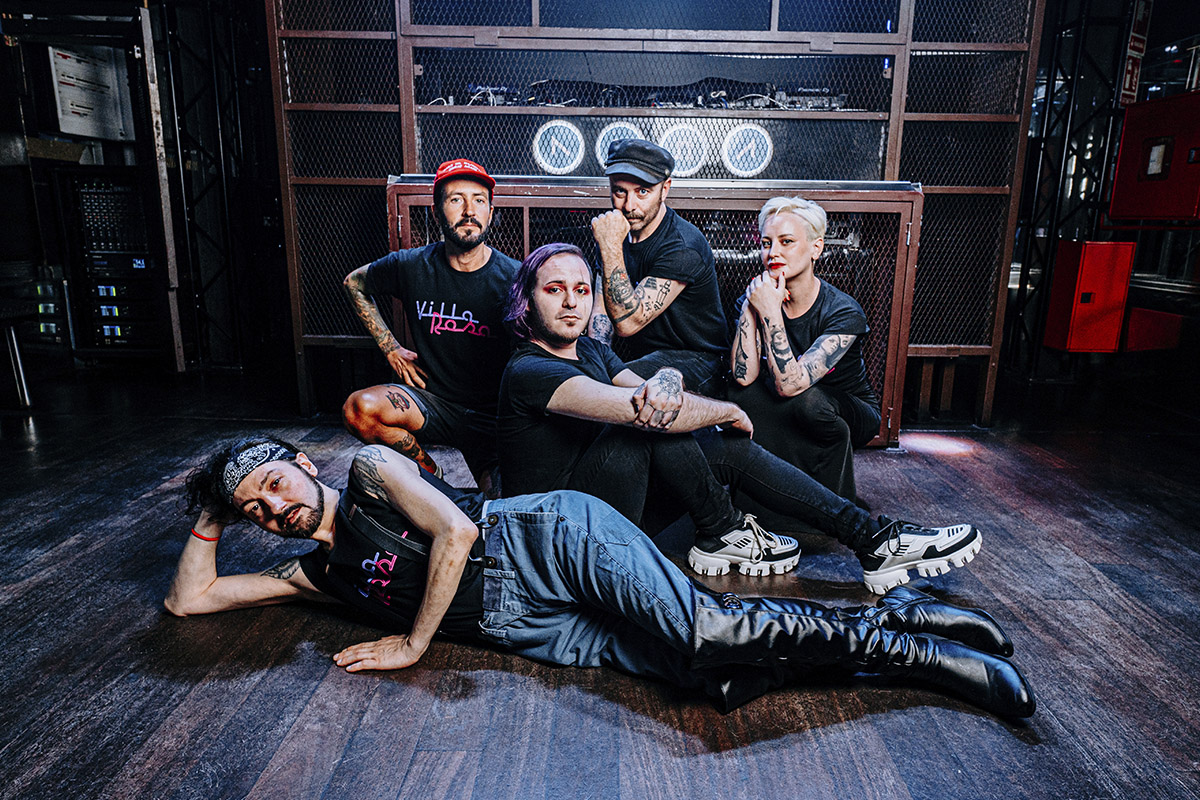
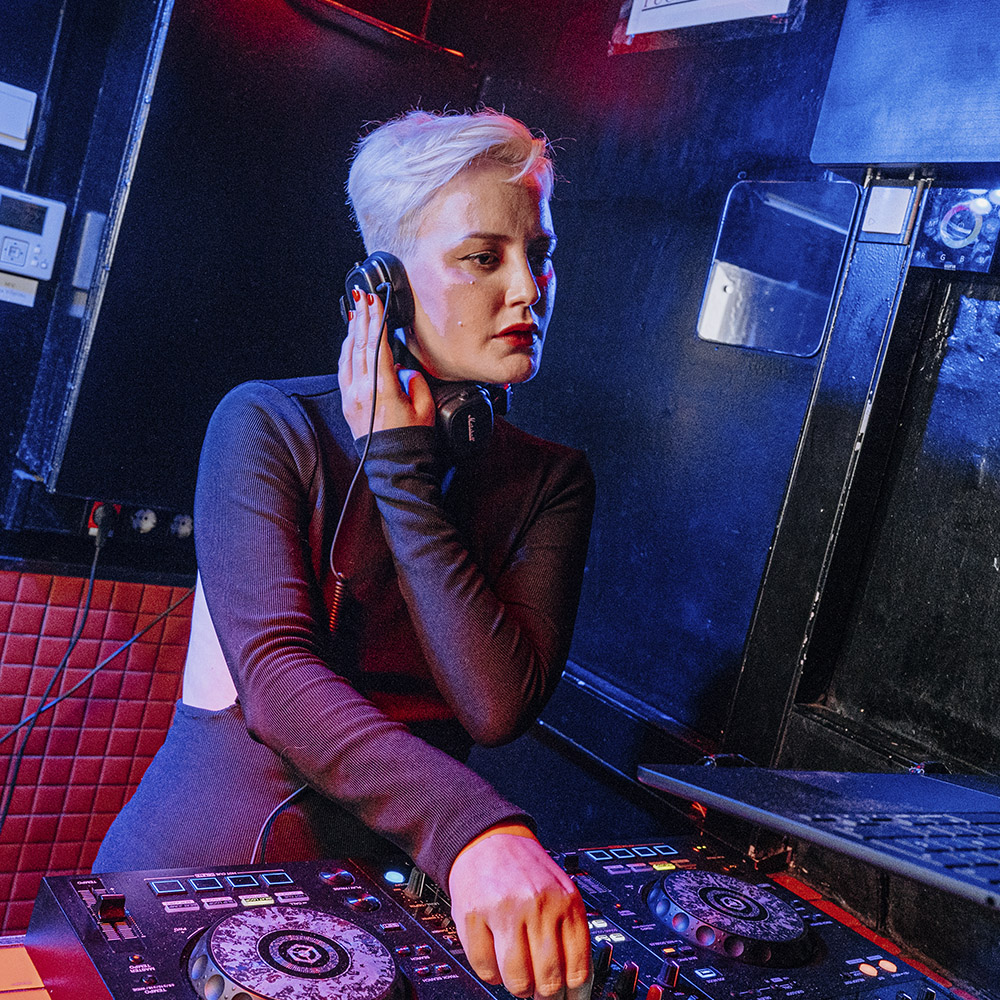
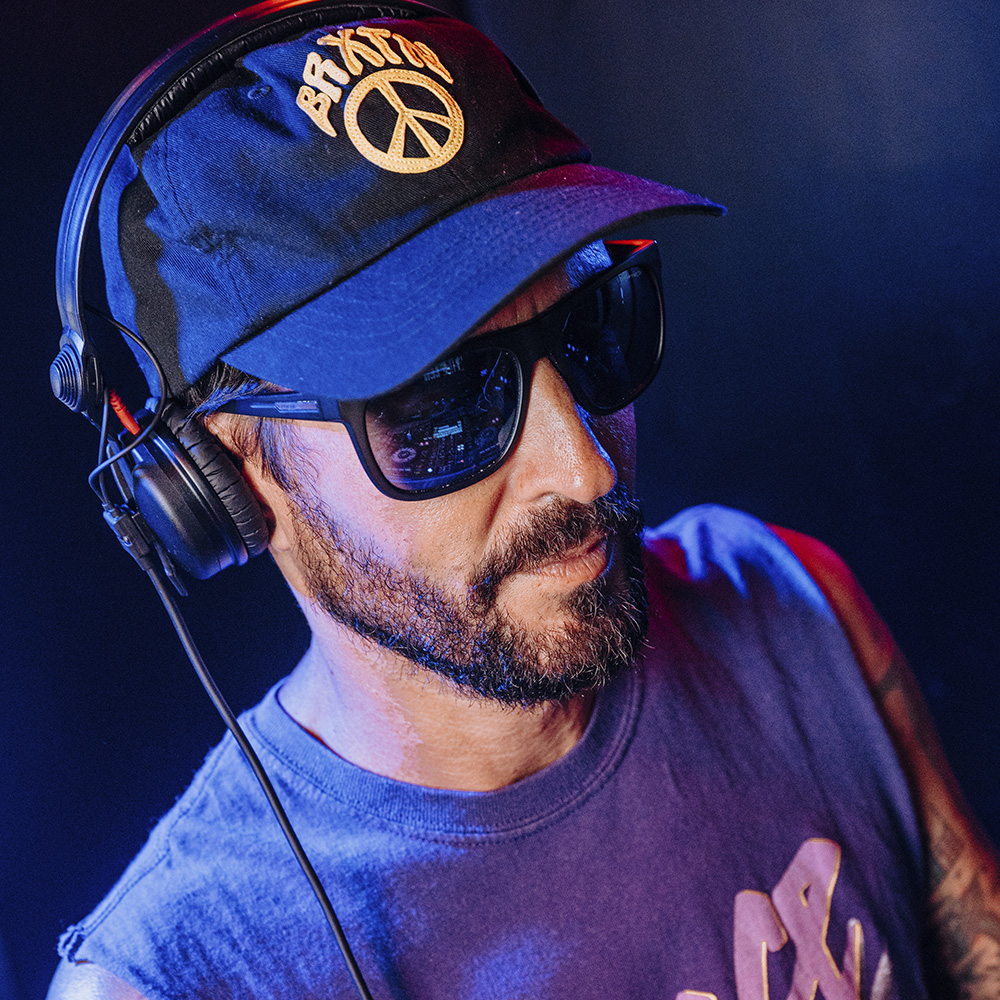
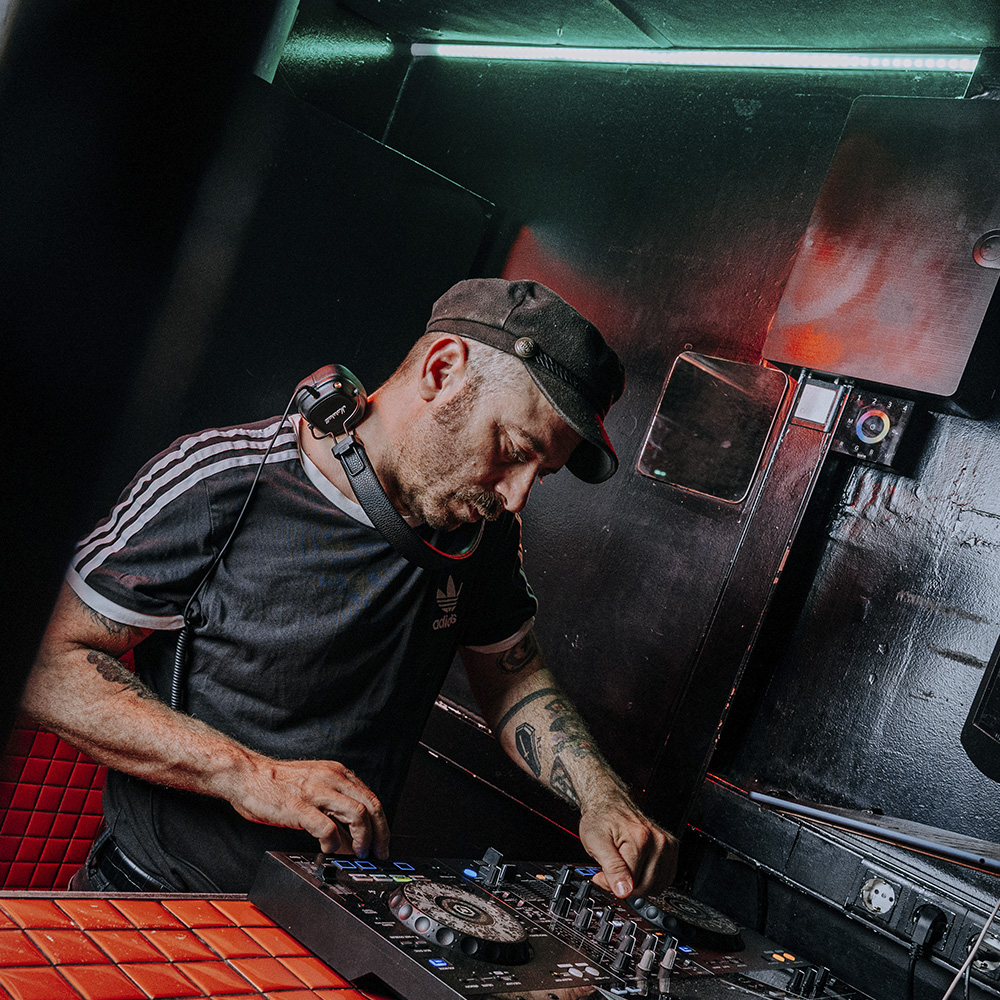
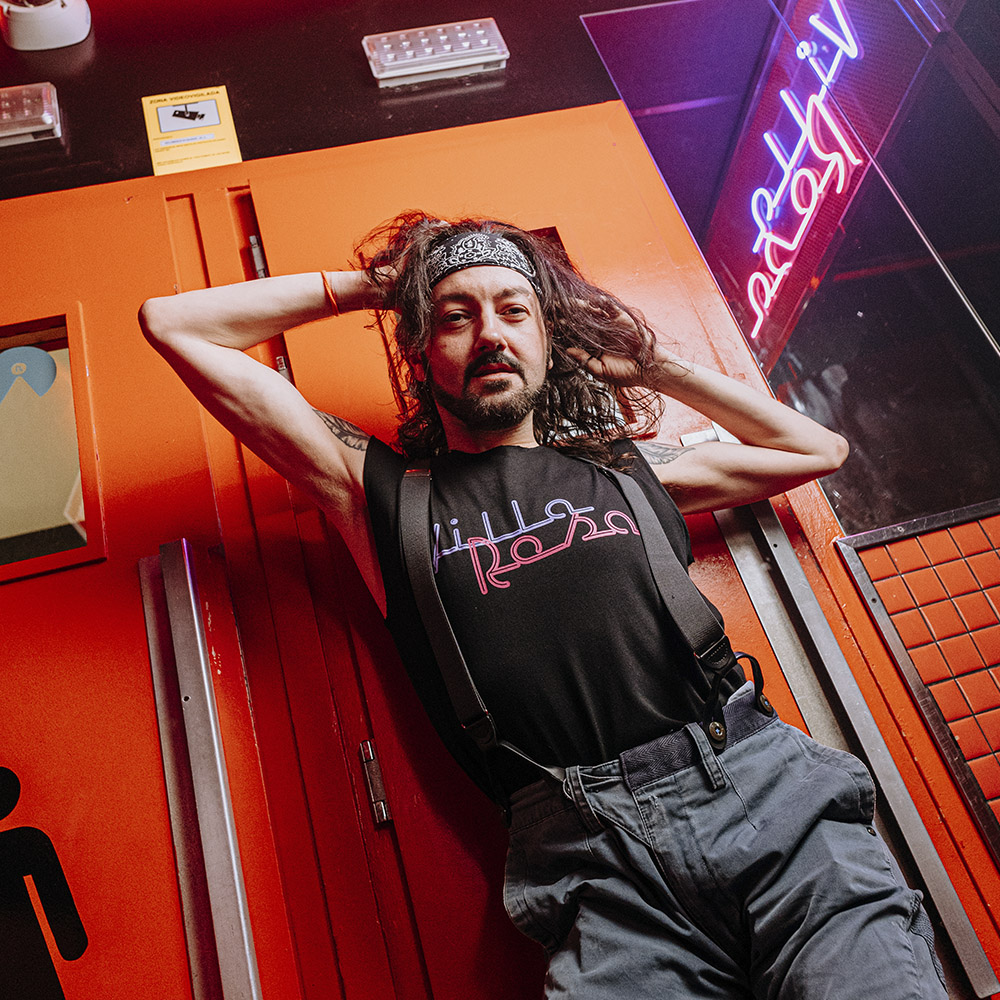
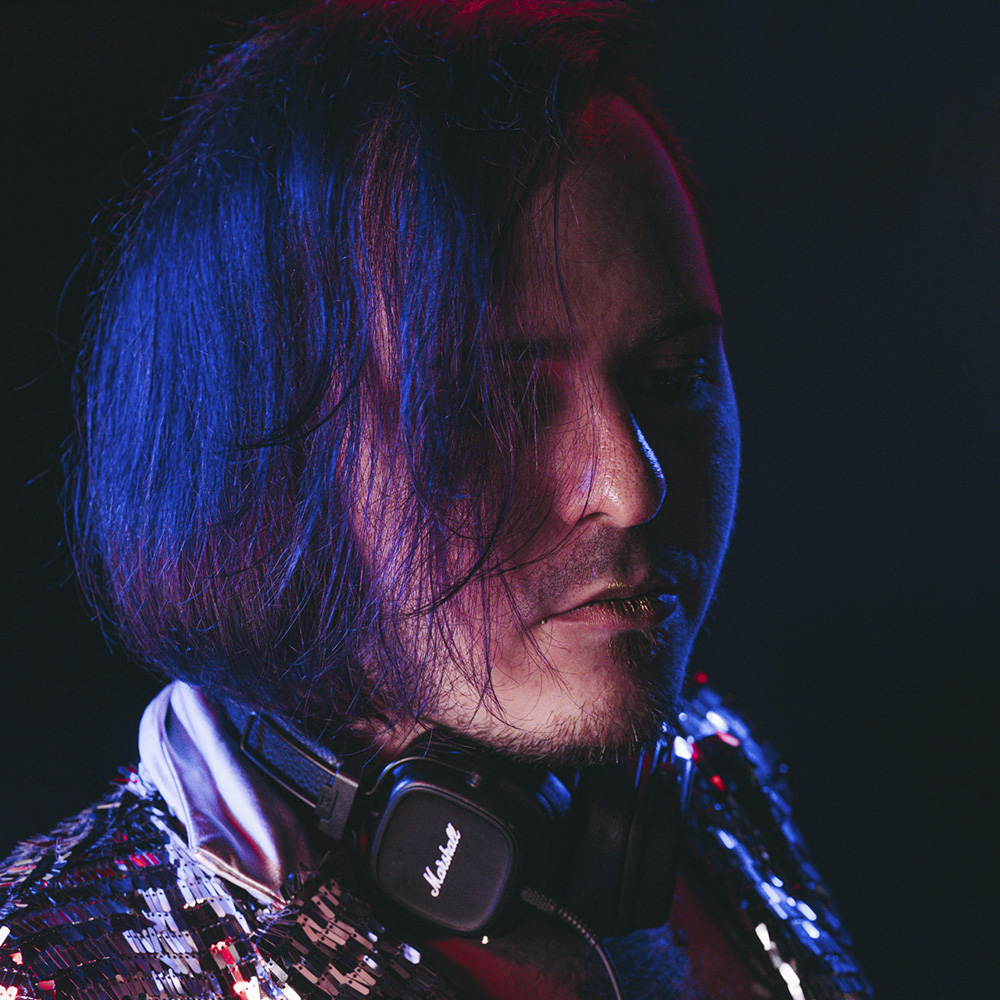
VILLAROSA
Top floor
The VillaRosa, a historic tablao of Flemish Barcelona located in the same location, is today the upper floor of the Moog. A more intimate and casual space, where the public can enjoy an alternative musical proposal to the rhythms of the main track.
In VillaRosa, the program offers a selection of pop, electropop, rock from the 70s, 80s, 90s and dance, becoming a festive counterpoint within the same night.
MOOG CLUB
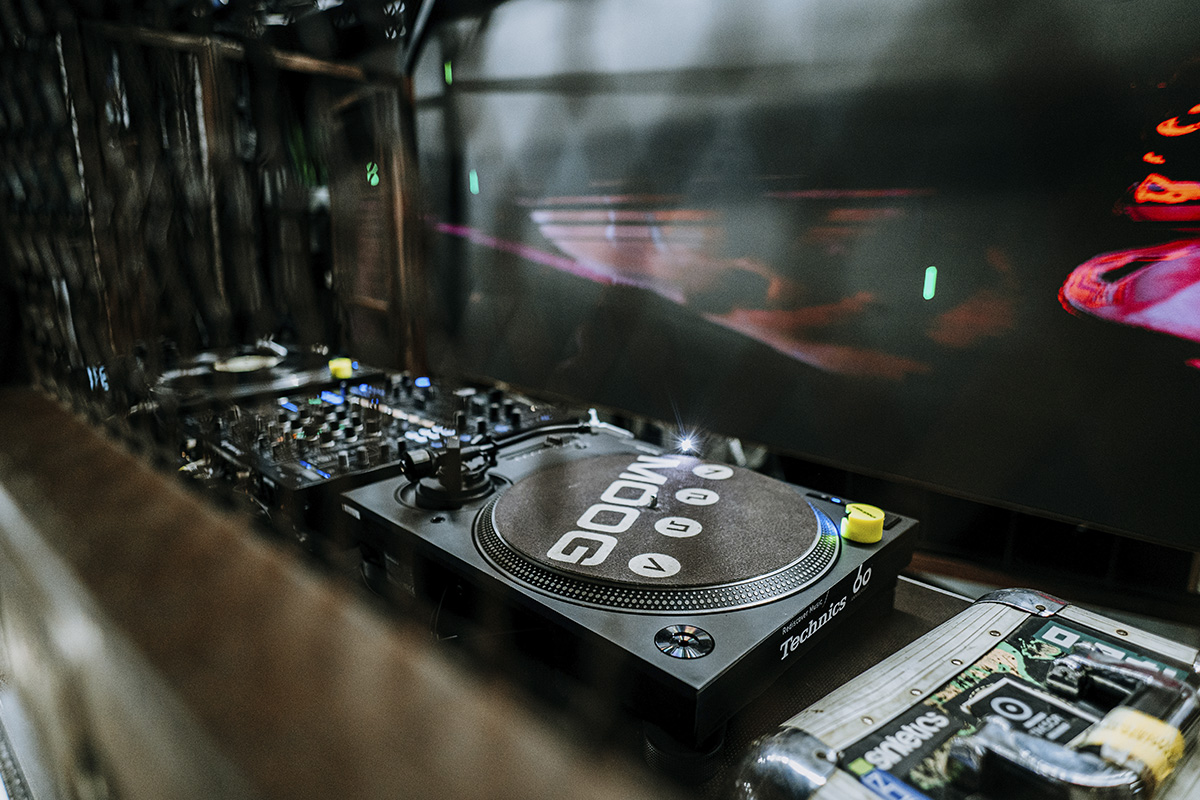
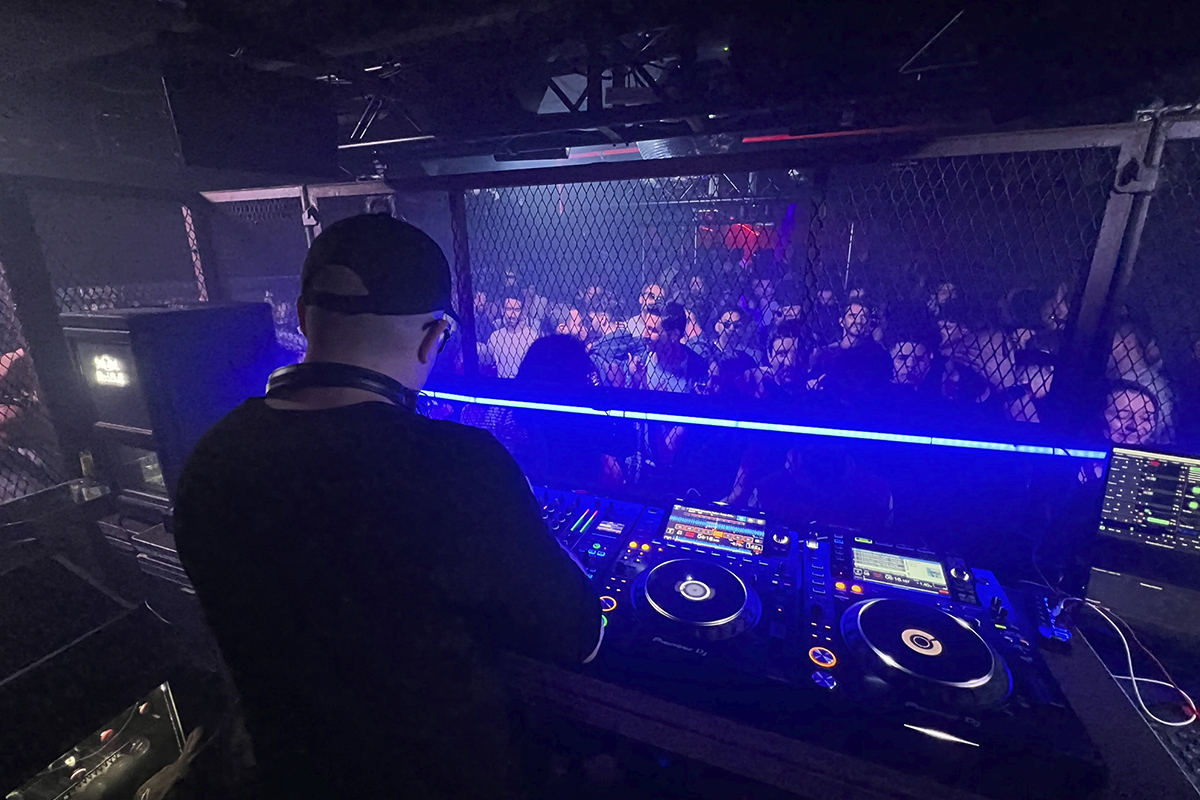

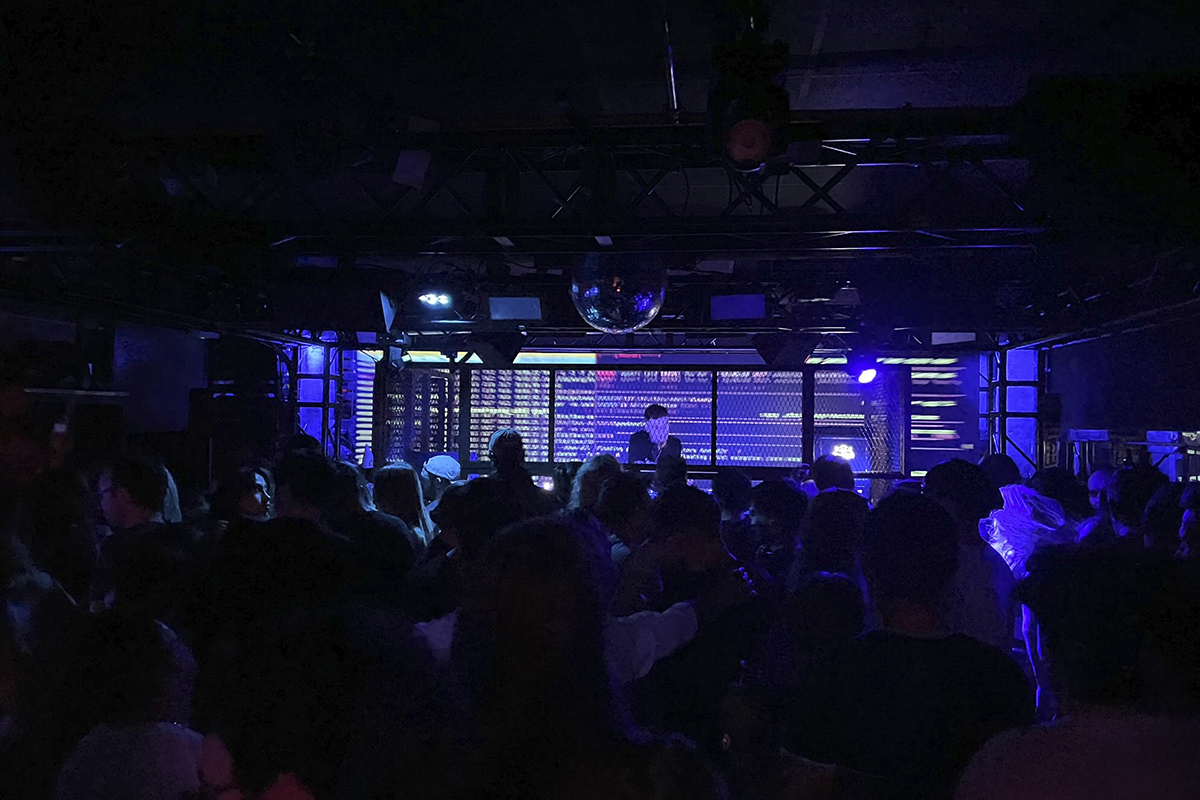
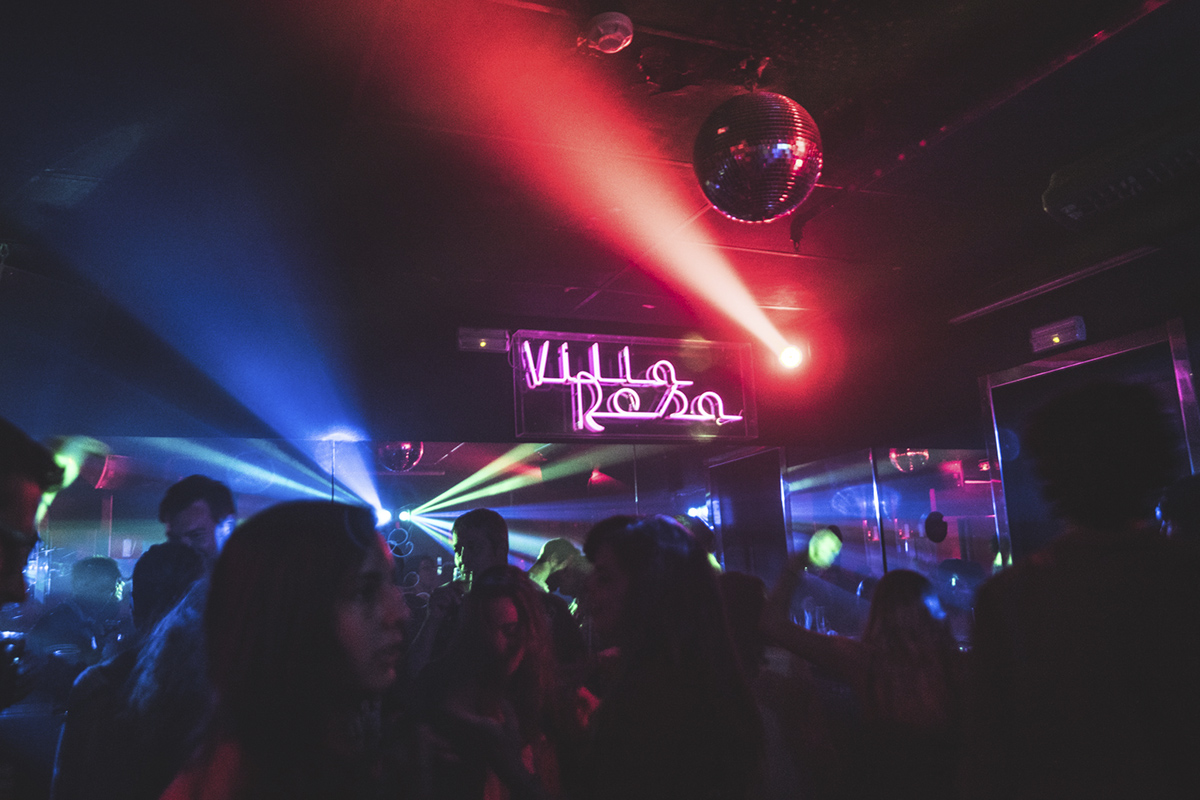
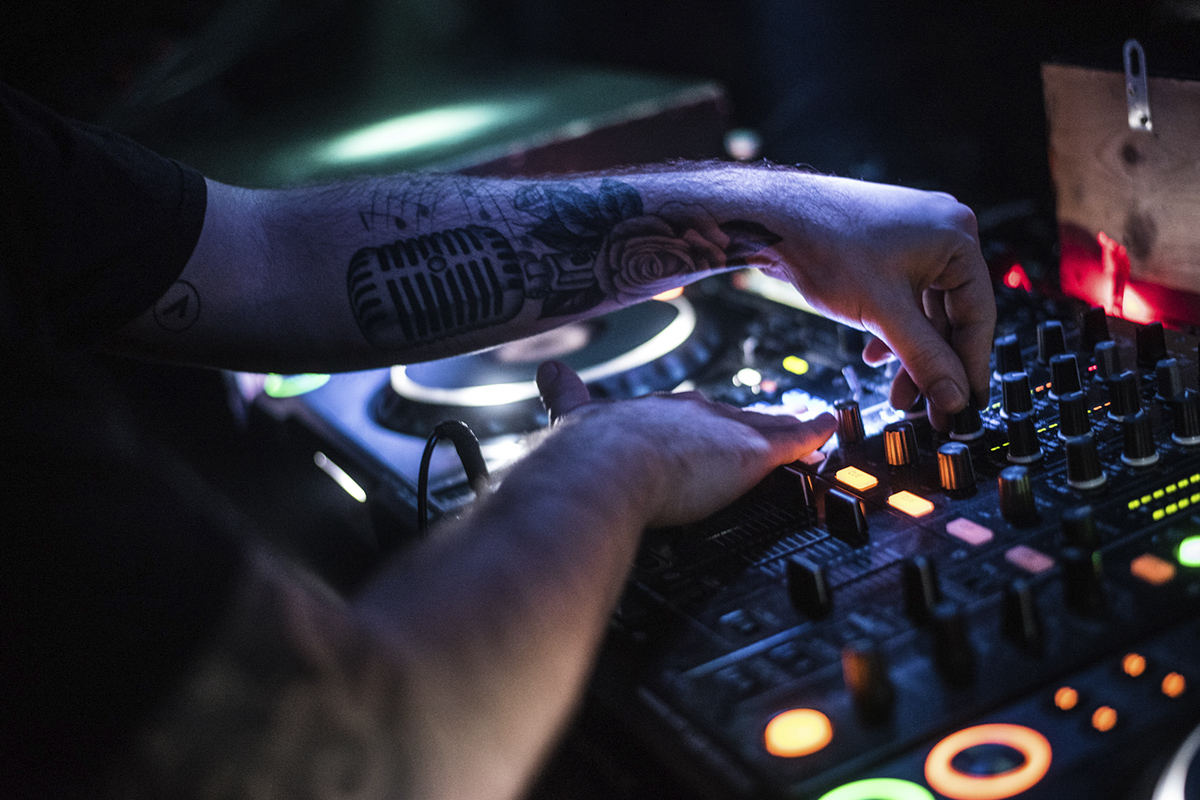
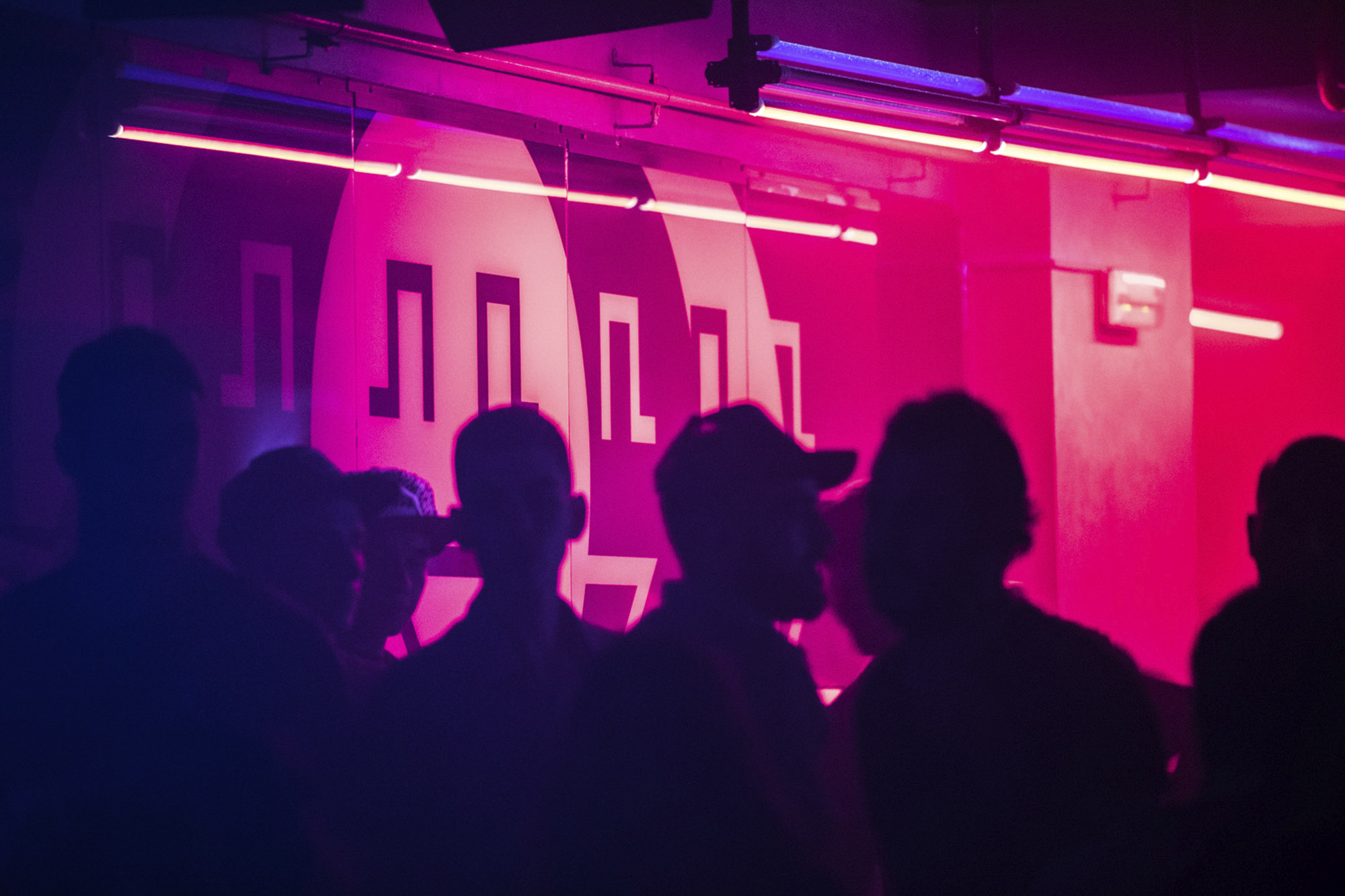
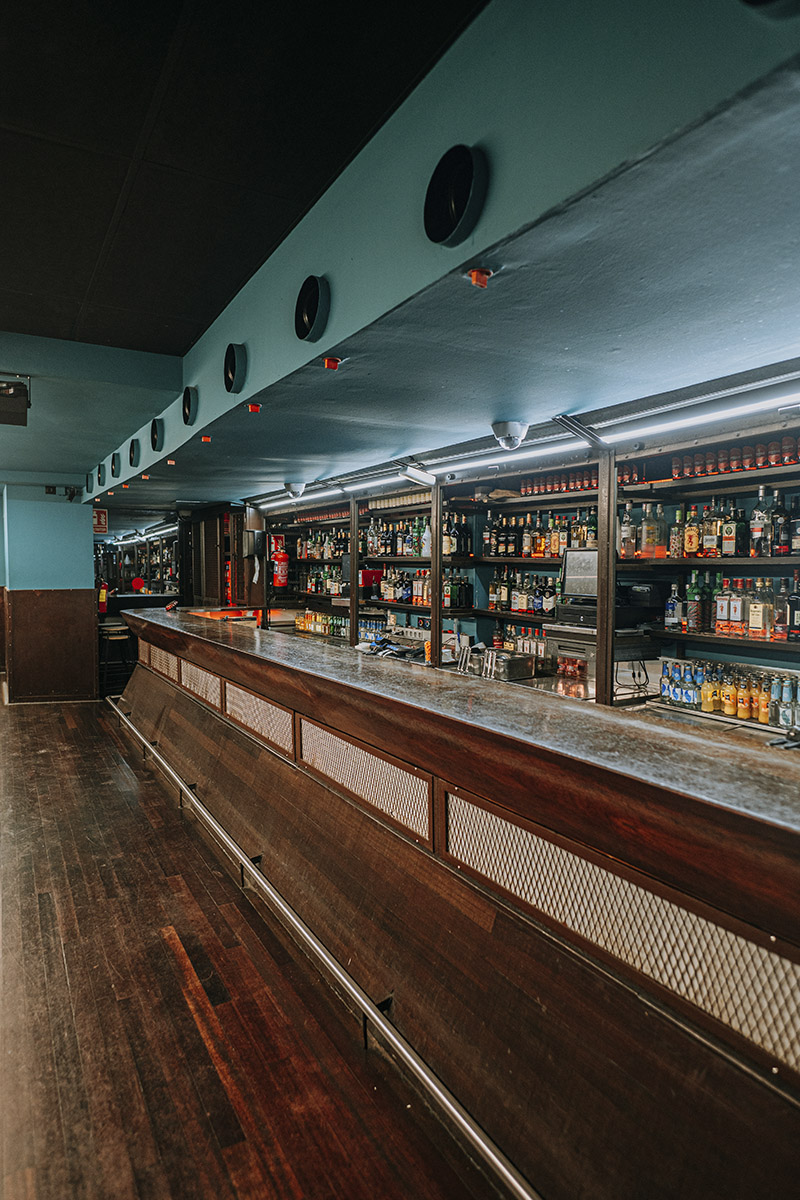
Manifesto
At MOOG we are MUSIC
We defend electronic music as a universal language, capable of breaking borders, uniting generations and thrilling people from all over the world.
We are committed to artistic quality, both of great international figures and new emerging talents.
We believe in coherent and careful programming, day after day, year after year.
We are CLUB
We preserve the essence of the club as an intimate, close and authentic space, where the sound and the track are the true protagonists.
We respect the historical tradition of our space, integrating the present and past of the Barrio Chino and the night of Barcelona.
We open every night, 365 days a year, because the club is a service to the city and its nightlife community.
We are COMMUNITY
We want a safe, inclusive and respectful space for everyone.
We condemn any form of violence, discrimination or abusive attitude inside and outside our courts.
We are committed to the diversity of audiences, styles and ways of understanding the night.
We work so that every person who enters Moog feels part of something bigger: club culture.